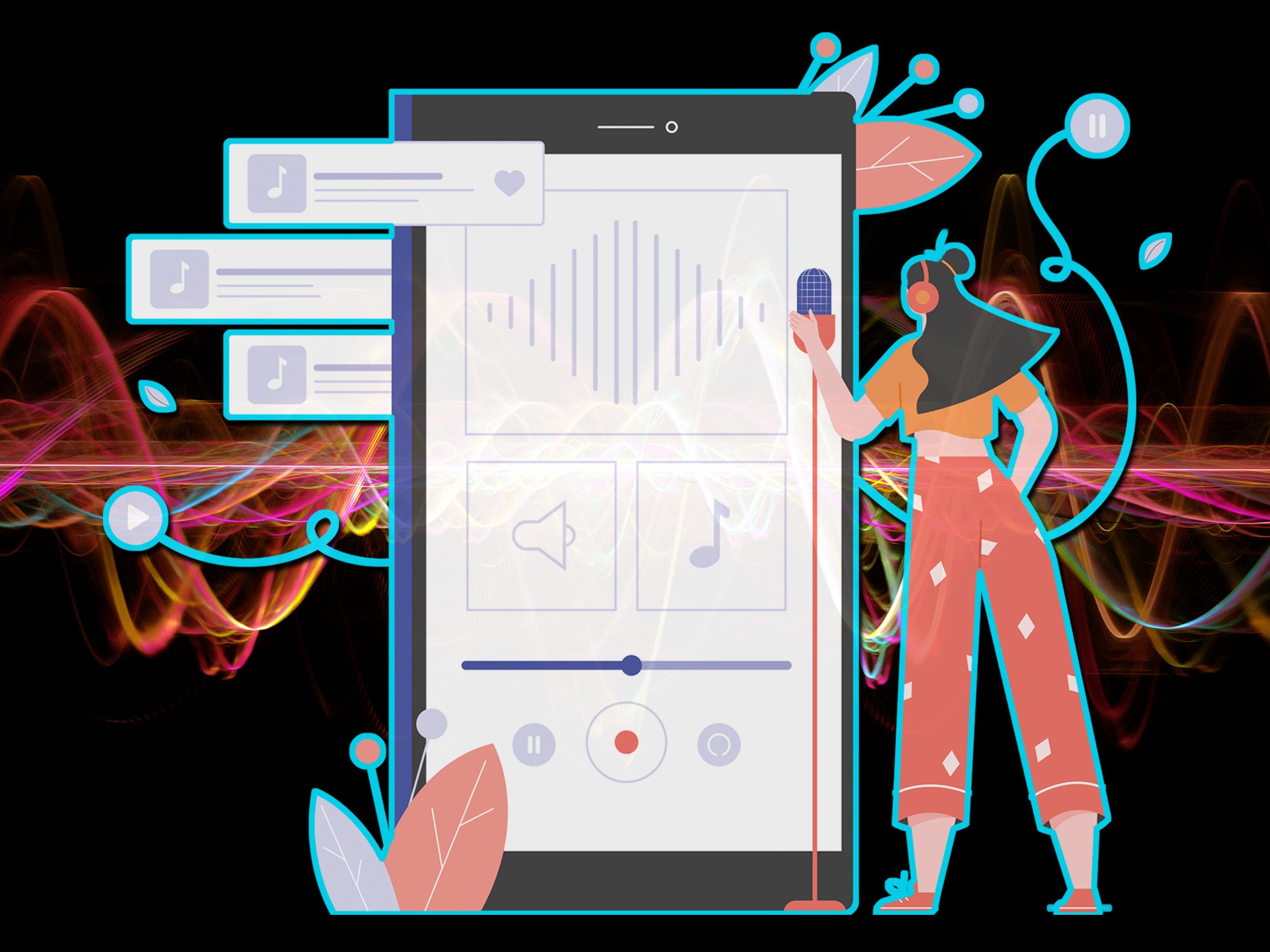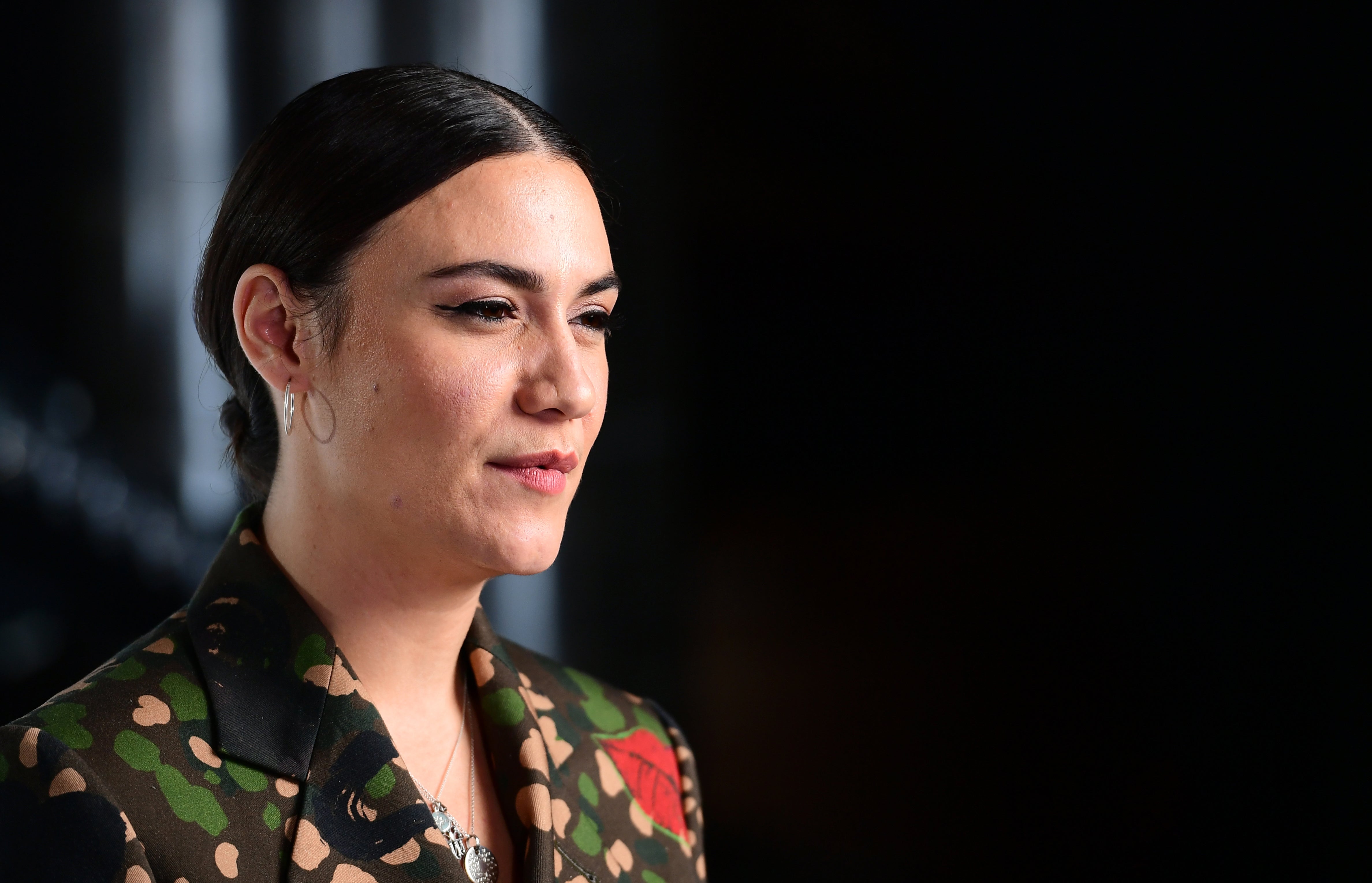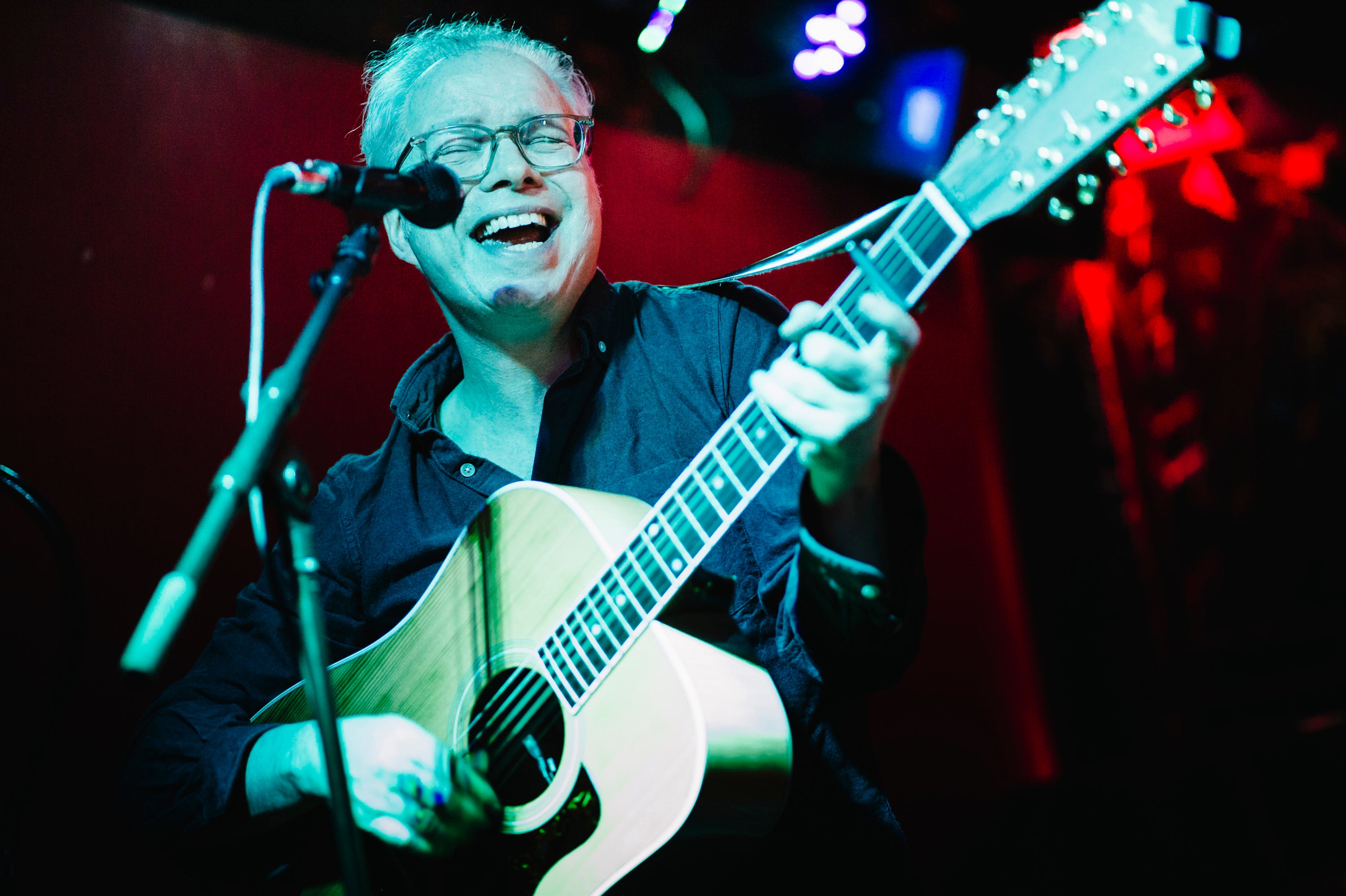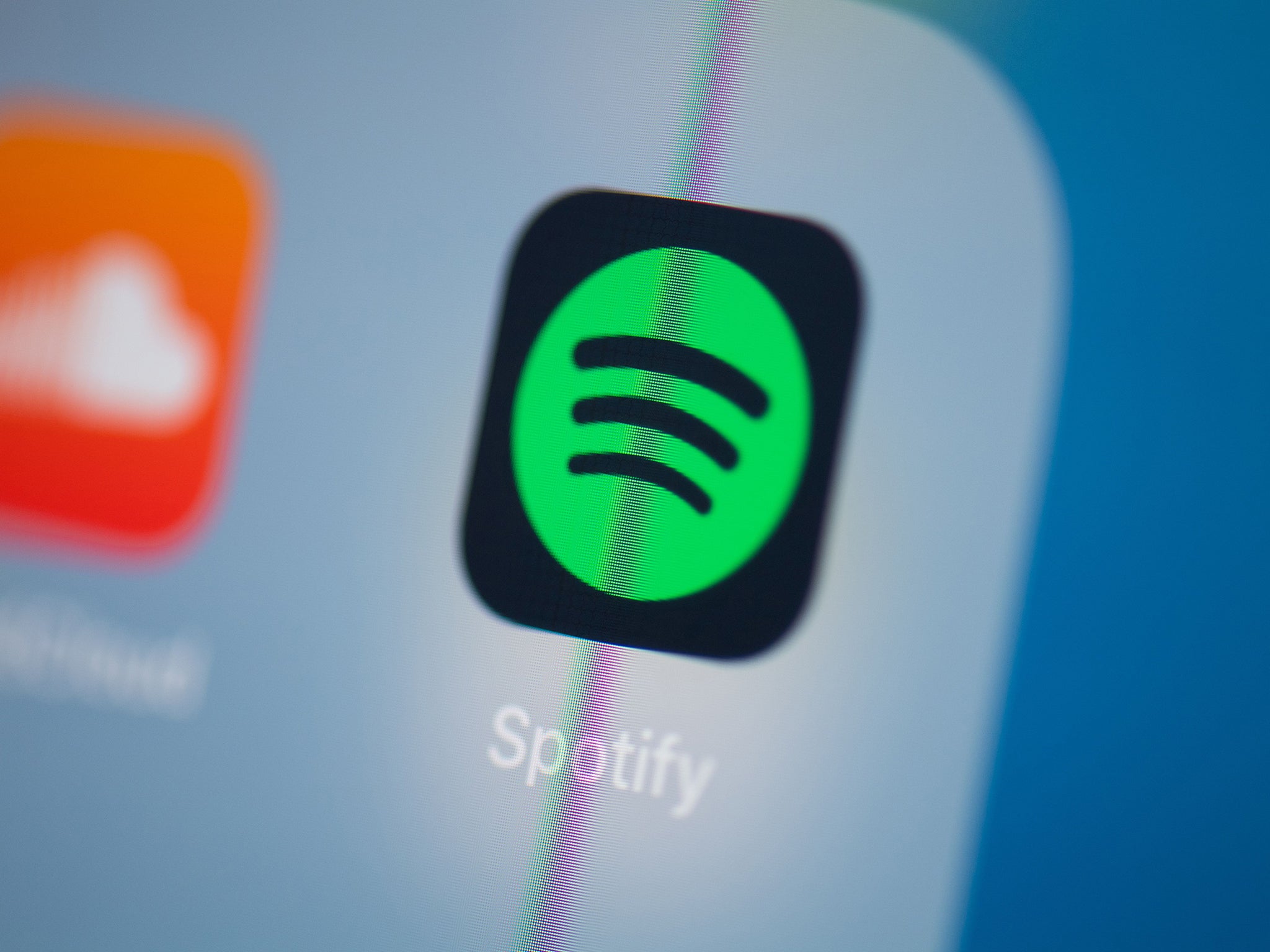Face the music: Can the streaming industry change to pay musicians properly?
As long as there have been services like Spotify and Apple music, there has been criticism over pricing models which basically leaves them making pennies for their work. Ben Sisario investigates

Your support helps us to tell the story
From reproductive rights to climate change to Big Tech, The Independent is on the ground when the story is developing. Whether it's investigating the financials of Elon Musk's pro-Trump PAC or producing our latest documentary, 'The A Word', which shines a light on the American women fighting for reproductive rights, we know how important it is to parse out the facts from the messaging.
At such a critical moment in US history, we need reporters on the ground. Your donation allows us to keep sending journalists to speak to both sides of the story.
The Independent is trusted by Americans across the entire political spectrum. And unlike many other quality news outlets, we choose not to lock Americans out of our reporting and analysis with paywalls. We believe quality journalism should be available to everyone, paid for by those who can afford it.
Your support makes all the difference.When the pandemic hit last year, British singer-songwriter Nadine Shah saw her income dry up in an instant. The concert bookings that sustained her vanished and, at age 34, she moved back in with her parents on the northeast coast of England.
“I was financially crippled,” Shah says.
Like musicians everywhere who were stuck off the road, staring into the abyss of their bank accounts, Shah – whose dark alto and eclectic songs have brought her critical acclaim and a niche following – began to examine her livelihood as an artist. Money from the streams of her songs on services like Spotify and Apple Music was practically nonexistent, she says, adding up to “just a few pounds here and there”. So she joined other disillusioned musicians in organising online to push for change. Last autumn, Shah testified before a parliamentary committee that has been taking a hard look at the economics of streaming, raising the prospect of new regulation.
“If we got paid a meaningful income from streaming, that could be a weekly grocery shop; it could contribute to your rent or your mortgage when you need it the most,” Shah says. “That’s why I felt compelled to talk about it. I saw so many artists struggling.”

Shah is one voice in what has become a grassroots referendum on the music industry itself. In Britain, more than 150 artists, including stars like Paul McCartney, Kate Bush and Sting, signed a letter asking Boris Johnson for reforms in the streaming economy. In the US, a new advocacy group, the Union of Musicians and Allied Workers, has waged a guerrilla campaign against Spotify, demanding higher payouts. The terms of record companies’ contracts with artists, like royalty rates and ownership of recordings, are under more scrutiny than ever. Even streaming’s fundamental accounting rules have been getting a fresh look.
While many musicians paint Spotify as the enemy, the shift to streaming over the past decade has returned the industry to growth after years of financial decline
The artists’ demands are threaded with anger and anxiety over the degradation of creative labour. But the musicians face long odds. Despite solidarity among many older and independent artists, the most successful current pop acts have largely been silent on the issue. And while many musicians paint Spotify as the enemy, the shift to streaming over the past decade has returned the industry to growth after years of financial decline.
“This whole thing is a punt,” says Tom Gray of the band Gomez, whose dissections of streaming on social media, labelled #BrokenRecord, gave the movement a viral identity. “Can we seize a moment to make an argument, to capture people’s imaginations about a problem that we’ve had for years, and is getting worse?”
For pennies (and fractions of pennies)
Artists’ complaints about streaming are as old as streaming itself. Soon after Spotify arrived in the US in 2011, musicians began combing through their royalty statements, raising alarms about the fractions of a penny they received for each click.
Back then, streaming was an unproven model. Now, with Spotify, Apple Music and services from Amazon, Tidal, Deezer and others, it is the dominant mode of consumption, making up 83 per cent of recorded music revenues in the United States. Spotify, which now has 356 million users around the world, including 158 million paying subscribers, paid out more than $5bn (£3.5bn) to music rights holders in 2020.
The heart of musicians’ critique is how that money is distributed. Major record labels, after contracting painfully for much of the 2000s, are now posting huge profits. Yet not enough of streaming’s bounty has made its way to musicians, the activists say, and the major platforms’ model tends to over-reward stars at the expense of everybody else. With more music being released than ever before, they say, it has become nearly impossible for any artist who is not a star to earn a living wage.

“To me, we’re not in a period of expansion,” says Damon Krukowski of the group Damon & Naomi, who is a founding member of the Union of Musicians and Allied Workers. “From an individual perspective of musicians, it has just been a downward trend of the rewards for our labour.”
Part of the dispute is over streaming’s basic economics. Spotify, Apple Music and most other major platforms use a so-called pro rata system of royalty distribution. In this model, all the money collected from subscribers or ads for a given month goes into single pot, which is then divided by the total number of streams. If, say, Drake had 5 per cent of all streams that month, he (and the companies that handle his music) get 5 per cent of the pot – meaning that, effectively, he gets 5 per cent of each user’s money, even those who have never listened to his music.
This system, critics say, favours artists with mass appeal. Features like playlisting (where songs are selected for curated lists with sometimes gigantic followings) and algorithmic recommendations, they say, also contribute to a network effect in which popularity leads to more popularity, putting niche genres at a disadvantage and extending the gulf between music’s haves and have-nots.
Like musicians everywhere who were stuck off the road, staring into the abyss of their bank accounts, Shah began to examine her livelihood as an artist
Industry estimates put Spotify’s payout rate for recordings at about $4,000 (£2,800) per million streams, or less than half a cent per stream. Since that money may pass through a record company before making its way to an artist, hundreds of millions of streams may be needed for a musician to net anything substantial.
The Union of Musicians and Allied Workers have called on Spotify to pay 1 cent per stream, which may be impossible under Spotify’s current model – the company says it pays about two-thirds of its revenue to rights holders, and that amount is dependent on how many users and streams the service has at any given moment. Spotify also has a free tier that allows users to listen to music with ads, which reduces the average amount that each listener contributes to the pot. Apple, which does not have a free tier – and is warring with Spotify over antitrust issues in Europe – seized this opportunity to say that its Apple Music service pays an average of about a penny per stream, counting payments for both recordings and songwriting.
In March, Spotify released an online report, Loud & Clear, meant to provide detail about its payment structure and respond to musicians’ calls for transparency. It became a Rorschach test over the company’s role as an industry paymaster.
To Spotify, the report was proof that its payments are robust, and that a growing number of artists are earning substantial sums. Last year, 870 artist catalogues generated more than $1m (£714,000) in payments, nearly twice as many as had done so in 2017, the company reported; Spotify paid out $100,000 (£71,000) or more for 7,800 acts.
According to Spotify, the music of 57,000 acts make up 90 per cent of monthly streams on the platform.
“All the numbers we are seeing lead us to feel very confident that this is a less hit-driven and less star-dominated industry, one that is much more supportive of niche genres and niche fan bases,” Charlie Hellman, a vice president at Spotify, says.

To many artists and critics, those same figures told a different story. The number of artists who generated more than £1,000 was 184,500 – but since there are more than 6 million artist profiles on Spotify, that means that about 97 per cent of them failed to reach that level.
Spotify counters that only 472,000 artists have crossed a certain threshold of professional activity, which the company defines as having released more than 10 tracks and drawn more than 1,000 monthly listeners at some point in 2020; 5.6 million artists have not reached that level.
But even among that subset of presumptive professionals, at most 39 per cent of them earned £1,000 last year from Spotify.
Do labels share the blame?
In October, the No 10’s Digital, Culture, Media and Sport Committee opened an inquiry on the economics of streaming music, and the hearings – with aggressive questioning of tech and record executives – have riveted the industry. Its report is expected in coming weeks, and speculation has bounced around industry inboxes over what recommendations, if any, the committee will make.
In an interview, Kevin Brennan, a Labour MP who has been an outspoken critic of streaming, says the committee might consider “whether this is an industry where there is a case for some kind of independent ombudsman or regulator to look at whether the industry operates in a fair manner toward the musicians and consumers”.
Some of the harshest testimony has focused not on streaming services but on the major record companies. As critical as musicians are of streaming, they often save the worst for their record labels and the terms in their contracts, like royalty rates and the recoupment of costs, that can keep artists’ accounts in the red for years. And the ownership of their copyrights? Just ask Taylor Swift or Kanye West how important that is.
Despite artists’ gripes about their labels, contracts at the major record companies have been evolving steadily in recent years in ways that benefit performers. Joint-venture deals and shorter commitments are now more common, according to music executives, lawyers and artist managers.
Read More:
And the all-important royalty rate is going up, too. A study by Steven S Wildman of Michigan State University in 2002 that looked at hundreds of major-label contracts from that time found that, on average, artists getting their first contract from a label were offered royalty rates of 15 per cent to 16 per cent. Speaking to the parliamentary committee in January, Tony Harlow, CEO of Warner Music UK, says that since 2015, the company’s royalty payments to artists had “raised from 27 to 32 per cent”.
That may be cold comfort for older acts that are stuck with lower rates. Eve 6, the alternative-rock band whose 1998 hit “Inside Out” has over 100 million streams on Spotify, is not recouped on its original contract, and so earns nothing from streams of that song, says Jon Siebels, the band’s guitarist.
© The New York Times
Join our commenting forum
Join thought-provoking conversations, follow other Independent readers and see their replies
Comments